Seed Grants Awarded 2022
Characterization of the main dosimetric trap in K-feldspar mineral grains for application in luminescence dating
 |
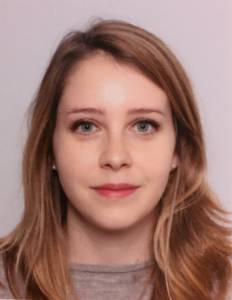 |
||
| Juergen Thieme BNL, Photon Sciences/Geosciences |
Marine Frouin SBU, Geosciences |
Abstract:
Optically Stimulated Luminescence (OSL) is one of the most widely used dating techniques
in geology, environmental sciences, and archeology, as it applies to almost any type
of sediment. The method is based on the influence of low-level radioactivity in sediments
and its measurable effects on mineral grains. OSL provides an absolute age for the
time when mineral grains, such as quartz and potassium (K-) rich feldspar, were last
exposed to daylight.
Over the last eight years, our group has developed a revolutionary new luminescence-based dating method known as infrared-radiofluorescence (IR-RF), using K-feldspar minerals to determine the age of sediments. The method has a potential upper age limit beyond one million years, thereby filling the time gaps left by other dating techniques. However, uncertainty surrounding its upper age limit remains and further studies on known-age natural samples are required to assess whether the sample or grain geochemistry can affect the dating result.
In this proposal, we aim to (1) examine the physical origin of the IR-RF emission and (2) assess to what extent the grain geochemistry and crystallography may influence the upper age limit of this dating method. We propose to examine individual K-feldspar grains using μ-XRF and μ-XANES at the SRX beamline as well as XRD at the XPD beamline. Measurements at such a high resolution will lead us to propose a new conceptual model of luminescence production and kinetics in feldspar minerals. This will allow us to develop next-generation instrumentation in our luminescence laboratory and to select appropriate filters for the stimulation and detection of IR-RF signals, thus significantly improving our ability to achieve more accurate and reliable dates. The proposed experiment is part of a larger project seeking to improve the chronology of human evolution by applying this novel dating technique to key archeological sites in Africa.
Bridging Cell and Structural Biology using in situ CryoET
 |
 |
||
| Miguel Garcia-Diaz SBU, Pharmacological Studies |
Guobin Hu BNL, Biomolecular Structure / Photon Sciences |
Abstract:
This application seeks to establish a sample preparation facility to permit the plunge
freezing of cultured eukaryotic cells, the development of pipelines for data collection
and analysis and the application of in situ cryo-electron tomography (CryoET) to the
study of mitochondrial biogenesis, bridging the resolution gap between Cell and Structural
Biology. Mitochondrial dysfunction is a hallmark of aging, and results in respiratory
defects that are associated
with many mitochondrial disease, neurodegenerative disorders, diabetes, and cancer. Mitochondrial biogenesis is responsible for mitochondrial renewal, and its modulation has promise as a therapeutic strategy. However, most of our knowledge about the process derives from reductionist in vitro approaches. CryoET can overcome many current experimental limitations. We propose to
apply this approac to three questions in mitochondrial biogenesis: assembly of the mitoribosome, mitochondrial division by budding, and the regulation of transcription elongation.
LAPPDs for TOF PET: a breakthrough in ultra-high sensitivity Positron Emission Tomography using fast affordable Micro-Channel Plate photomultipliers
 |
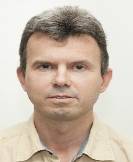 |
||
| Amir Goldan SBU, Radiology |
Alexander Kiselev BNL, Physics |
Abstract:
We propose to use 2D pixelated capacitively coupled Large Area Picosecond Photon Detectors
(LAPPDs) manufactured by Incom Inc. as a photosensor in Time of Flight Positron Emission
Tomography (TOF PET). These novel photon detectors allow custom pixellation using
inexpensive external readout boards, and provide excellent single photon detection
performance: timing resolution on the level of σ ∼ 30 ps, and spatial resolution on
the level of σ ∼ 500 μm for 3 mm pixels. A third spatial coordinate, the so-called
Depth of interaction (DOI) inside of the LYSO crystal matrix, will be precisely measured
by detecting abundant scintillating photons in a time window of several dozens of
nanoseconds on both ends of the LYSO crystals, and comparing their amplitudes after
attenuation caused by multiple reflections during optical photon propagation inside
of the crystals.
The detector prototype will provide a remarkable combination of performance parameters critical for a high performance PET scanner design: (1) Coincidence Time Resolution (CTR) between the two γ’s on the level of 75-100 ps, dominated by the light collection efficiency of the crystal array, (2) 2D spatial resolution of σ ∼ 300 μm driven by the individual LYSO crystal width, (3) DOI resolution on the level of σ ∼ 2-3 mm, determined by the optical photon attenuation in the crystals, (4) energy resolution of 12-15% typical for this type of LYSO matrix assemblies. The success of this project will be a breakthrough in the TOF PET technology, where reaching CTR level of 100 ps or better is critical for noise suppression in image reconstruction procedure. The Stony Brook group has substantial expertise in building custom PET scanner equipment and is leading the design of a Prism-PET concept within the medical community. Brookhaven Lab is leading the LAPPD pixelization effort for their use in Nuclear and High Energy Physics detector designs.
Toward improving adversarial robustness of deep learning models from the geometric view
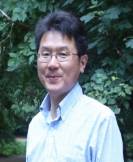 |
 |
||
| David Xianfeng Gu SBU, Computer Science |
Yuewei Lin BNL, Computational Science Initiative |
Abstract:
This project aims at improving the adversarial robustness of the current AI systems
by using the geometric view. While deep learning models have shown impressive performance
in many tasks, they are fragile to carefully designed adversarial attacks. To improve
the capability of the deep learning model to defend the adversarial attacks, aka,
adversarial robustness, we explore to understand the fundamental principles and dynamics
of deep learning methodologies from the geometric point of view. Specifically, we
study the boundaries of the supports and find the gaps among the clusters in the low
dimensional manifold that the data samples are embedded on, and directly generate
adversarial examples for training by sampling near the boundary and in the gap, and
thus improving the model’s adversarial robustness.
A Novel Approach to Model Turbulent Aerosol-Cloud Interactions and the Implications for Climate Change Studies
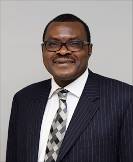 |
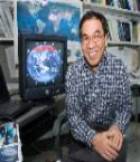 |
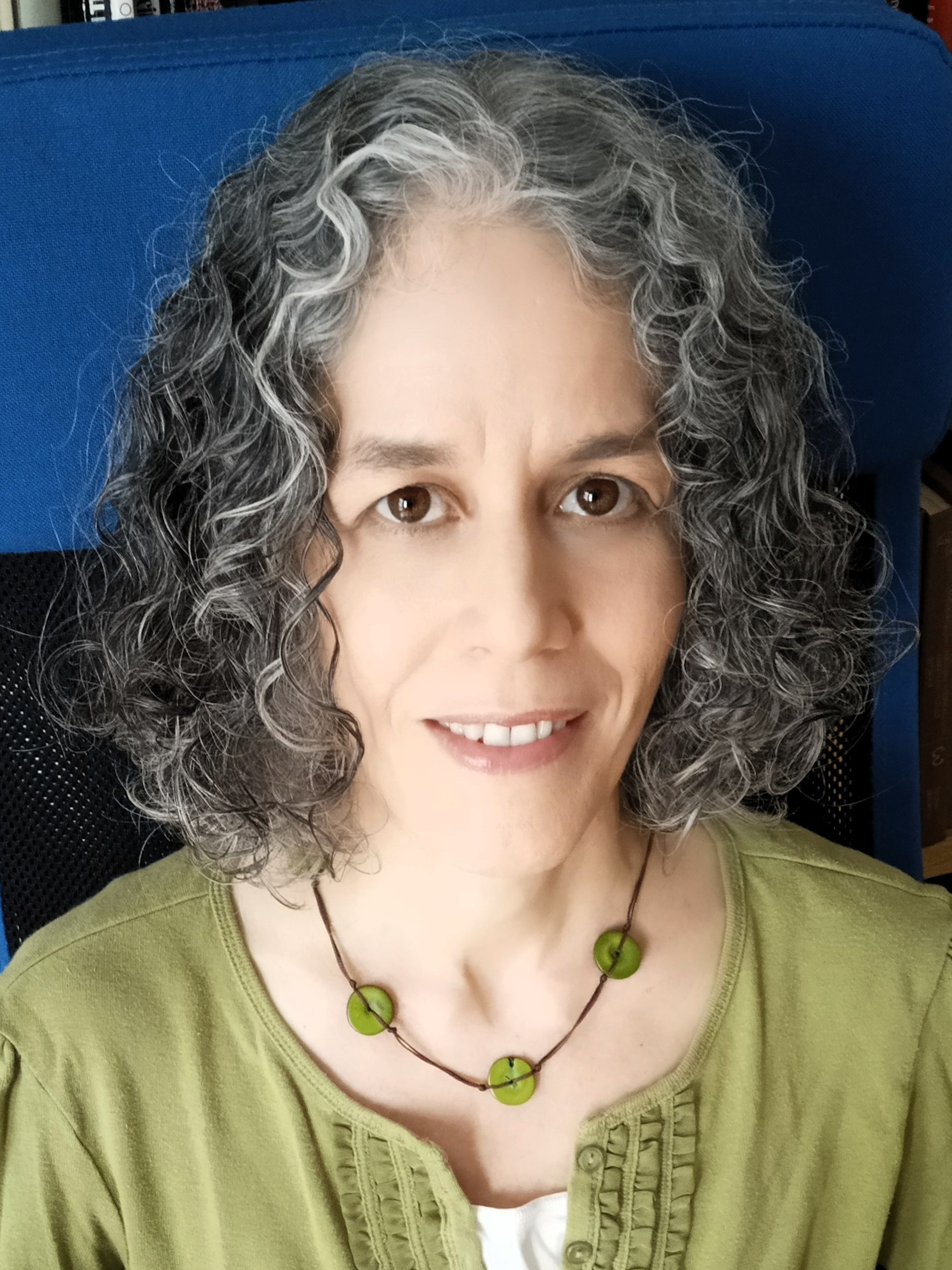 |
|
| Foluso Ladeinde SBU, Mechanical Engineering |
Yangang Liu BNL, Environmental and Climate Sciences |
Vanessa Lopez-Marrero BNL, Computational Science Initiative |
Abstract:
Understanding aerosol-cloud-interactions and adequately representing them in weather
and climate models pose daunting challenges to atmospheric and computational sciences
alike. A significant knowledge gap exists for the vital processes that occur at spatial
scales smaller than the typical grid sizes of large eddy simulation (LES) model (e.g.,
100 meters) in turbulent clouds, including, but not limited to, cloud and aerosol
microphysics, turbulent entrainment-mixing between clouds and environmental air, and
turbulence-cloud-aerosol interactions. These processes are either not represented
at all or are represented rudimentarily in the major types of models, such as global
climate models (GCMs), numerical weather prediction (NWP), and LES models. To address
the challenges at the most fundamental level, we propose to develop a cross-cutting
particle-based direct numerical simulation (DNS) model that resolves the smallest
turbulent eddies in the cloud, tracks physical evolution of individual cloud and aerosol
particles, and covers a domain comparable to LES grid size. Cloud and aerosol number
densities and their particle size spectra are among the various parameters of the
problem. The comparative effects of different sources of aerosol (for example, fossil
fuels, biomass, vegetation) will also be investigated. The implications for weather
and climate change will be investigated.
Exploration of FPGA's for Real-Time ML-Based Data Compression in sPHENIX
 |
 |
||
| Peter Milder SBU, Electrical and Computer Engineering |
Yihui (Ray) Ren BNL, Computational Science Initiative |
Abstract:
This project will study the use of field-programmable gate arrays (FPGAs) to perform
real-time compression on data from the sPHENIX Time Projection Chamber. Modern large-scale
nuclear physics experiments in high-energy particle colliders use streaming-readout
electronics to readout detector responses at O(10) Tbps bandwidth, producing data
far too quickly to be stored in persistent storage for offline analysis. This necessitates
real-time information-guided data compression. Recent work at BNL has used deep neural
networks (DNNs) to compress data while preserving information relevant for particle
detection. While this technique is promising, it requires a large number of expensive
and power-hungry GPU hosts to run—approximately $1M in hardware and high power costs.
Moreover, this approach requires complex data movement between the network, compute
hosts, and GPUs, which adds latency and makes it challenging to accomplish in real
time.
The goal of this project is to alleviate these challenges using FPGAs, which are able
to ingest data directly from the network, perform the DNN computation on the data
stream with minimal buffering, and then stream the resulting data back to the network
or into storage. Recent work at Stony Brook has resulted in a framework for efficiently
implementing DNNs on FPGAs. This project will (1) extend prior work to generate FPGA
designs for DNN-based compression, (2) design streaming interfaces to allow the resulting
computational cores to operate directly on data streamed from sPHENIX, and (3) study
the acceleration of DNN-based denoising algorithms.
MBE growth of quantum dots emitting near 1.3 µm for the development of on-demand single photon emitters for quantum internet.
 |
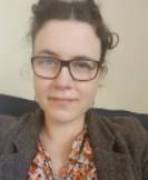 |
||
| Leon Shterengas SBU, Electrical and Computer Engineering |
Joanna Zajac BNL, Instrumentation Division |
Abstract:
Quantum photonics promises to enable significant new capabilities: in communication
- quantum key distribution and tamper-proof voting protocols; in metrology and imaging
- resolution and precision better than allowed by the quantum noise limit; and in
quantum simulation and computation. A significant roadblock to the progress of modern
quantum photonics is the lack of highly efficient scalable sources which can produce
light pulses with no more than one photon in a pure quantum state. One of the most
promising approaches to the design of single-photon emitters is based on semiconductor
quantum dots (QD). The goal of this proposal is to epitaxially grow the high quality
nanostructures containing individual QDs emitting in telecom band. The proposed experimental
efforts will target development of the bright quantum light emitters to support quantum
network infrastructure in the framework of SBU-BNL Long Island Quantum Information
Distribution Network (LIQuIDNet) project.
Cryo-electron tomography of biological specimens: Nanostructures of the annulus, a septin-based fibrous ring, in murine spermatozoa
 |
 |
||
| Ken-Ichi Takemaru SBU, Pharmacology |
Liguo Wang BNL, Laboratory for Biomolecular Structure/National Synchroton Light Source II |
Abstract:
Cryo-electron microscopy (cryo-EM) revolutionized the field of structural biology.
A major advantage of cryo-EM is that samples of a wide range of sizes are flash-frozen
in a near physiological state for imaging. SBU/BNL are equipped with several cryo-electron
microscopes, which have been used extensively to determine the structures of protein,
DNA, and lipids at high resolution. On the other hand, cryo-EM can be adapted to solve
3D structures of biological specimens, including organelles, entire cells, and tissues
using tomography (cryo-electron tomography or cryo-ET). However, at present, we have
no such capability and expertise at our institutions, although immense interests do
exist. This seed grant will support an interdisciplinary team effort between Dr. Takemaru
at SBU (expert in ciliogenesis, spermatogenesis, and mammalian organogenesis) and
Dr. Wang at the Laboratory for BioMolecular Structure (LBMS) at BNL (expert in membrane
protein structures and cryo-EM) in determining in situ 3D structures of biological specimens using cryo-ET. For this proposal, we will focus
on the annulus, a septin-based, membrane-bound small ring structure, of the murine
sperm tail. The annulus is known to function as a structural support and a diffusion
barrier and essential for male fertility. Upon successful completion of the proposal,
we anticipate that researchers of SBU/BNL will be able to gain access to the cutting-edge
technologies to solve the ultrastructures of biological specimens of their interest
using cryo-ET, leading to discoveries as wells as more grant application opportunities.
